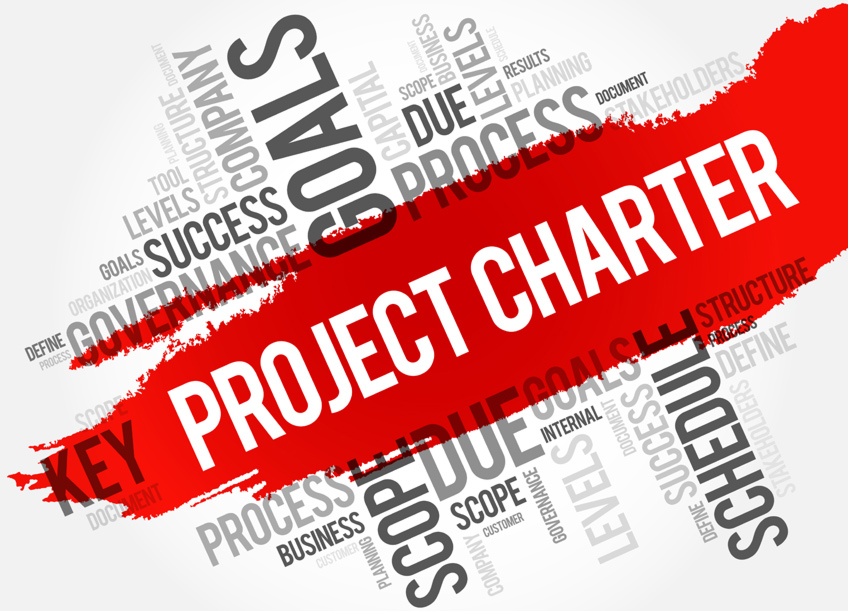A good project charter can decide whether the project even gets started. It gives authorization for the project to become active, so the project manager needs it before they can access resources. Here’s everything you need to know to make the perfect project charter.
Project charter definition
A project charter sets out the scope, objectives, and people involved in the project. This formal document uses all that information to authorize the project. So the charter lets the project manager use organizational and outsourced resources to complete the project.
Can a project charter be changed?
Like any project document, the charter can be amended and updated. Sometimes, it’s even necessary to meet the project objective and Statement of Work.
The project initiator, sponsor, or Change Control Board has to approve changes. Before the project manager proposes changes to the charter, they need to consider the effect on these:
- Time
- Scope
- Cost
- Quality
- Risk
- Resources
How to make a project charter
Use these headers to build your charter so it covers all the essential elements:
Introduction – explains the project’s purpose. Includes the project name, a brief description, and the formal authorization.
Project business case, goals and scope – sets out the scope of the project and any unique characteristics.
Success criteria – the critical factors that determine the project’s success. This is a list of deliverables expected on project completion.
Deliverables – more detailed primary project requirements or key deliverables.
Budget – the cost estimate for the project, including information about who can approve expenses, both from the allocated budget. Includes any additional spending the project may require.
Schedule/milestones – a comprehensive schedule with project milestones, or stages, for measuring its progress and success.
Constraints and assumptions – detail the known and unknown parameters of the project.
Summary of risks – summarize any potential or real major threats to the success of the project.
Team and organization – list the people and stakeholders who will work on the project (the project team). Outline their roles and who is appointed the project manager. An organization chart is a good way to show the project team framework.
Approvals – finally, set aside a section for the project’s sponsor/client and stakeholders to record their approval (or disapproval) of the project charter document.
How to present a project charter
It’s important to present the project charter properly to guarantee project approval. Just attaching a PDF or slideshow to an email isn’t really sufficient, but you can do this after a formal presentation.
Create a slideshow and present your project charter to the sponsor, client, or stakeholders in a meeting. Give them time to ask questions. It’s a good idea to include team leads and some team members in the presentation. Here are some presentation tips:
- Be prepared to adjust your presentation style according to your audience, and tailor it to fit.
- Pass out 1-2 page printout summaries of the presentation
- Analyse your audience – who are the primary and technical decision makers? What are their preferences? How do they feel about the project?
- Expect people to ask questions and talk during the presentation, and be prepared to answer questions prior to the conclusion.
- Make eye contact with your audience and adopt an open body language style, but avoid extravagant body and hand movements.
- Avoid reading your presentation from notes in your hand.
Project charter example
|
Opportunity |
|
|
Currently, the website is unoptimized for mobile. |
|
|
Goal |
|
|
Redesign the website so it’s more responsive and makes it easier to place orders on mobile devices. |
|
|
Objectives |
|
|
|
|
In Scope |
Business Case |
|
Make the website mobile-responsive |
Increase business on mobile devices |
|
Constraints |
Assumptions |
|
Users’ attitudes towards change |
|
|
Deliverables |
|
|
|
|
Sponsor Approval |
Date |
|
Jane Doe |
07/28/2019 |


